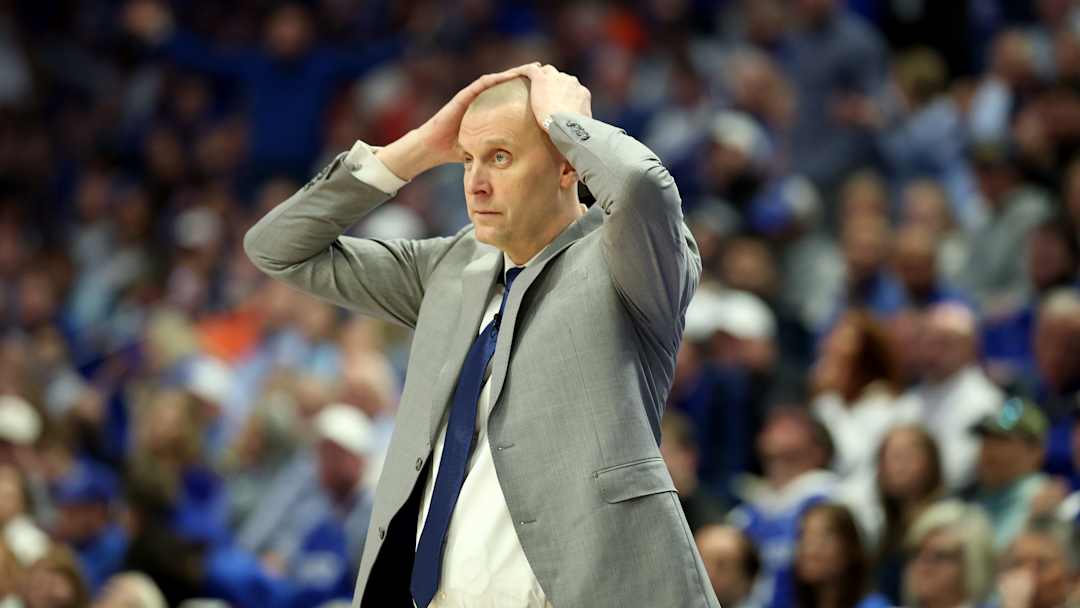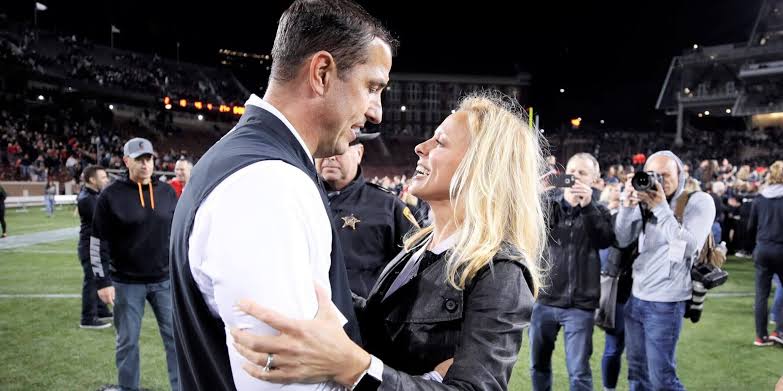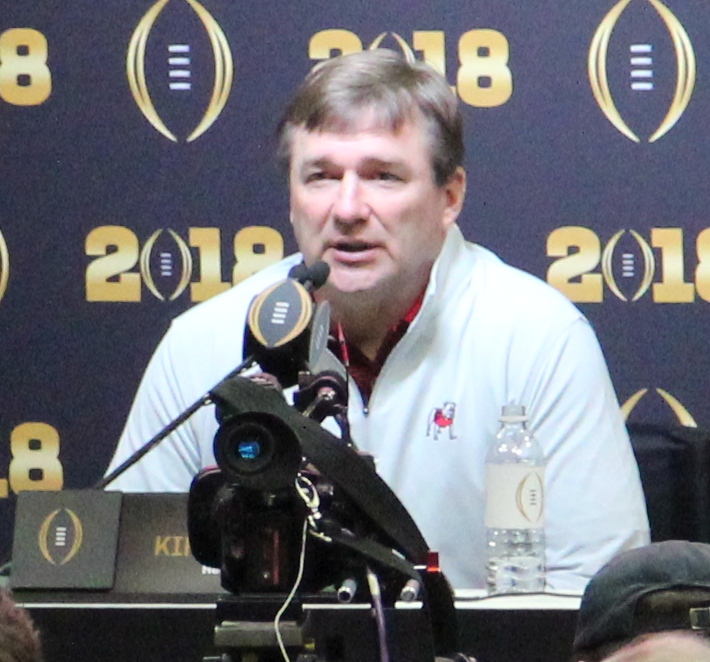The Wisconsin Badgers football program finds itself in an unusual and slightly awkward position heading into the upcoming season — represented only loosely on the prestigious John Mackey Award preseason watch list. This award, presented annually to the nation’s top collegiate tight end, typically features at least one current Badgers player. This year, however, the only connection Wisconsin has to the list is through a player who no longer suits up for them: Tanner Koziol.
Koziol’s appearance on the 46-player watch list was confirmed late last week. Now a member of the University of Houston football team, Koziol’s journey has been something of a whirlwind over the past year. He initially transferred from Ball State to Wisconsin in December, a move that was widely seen as a significant offseason addition for the Badgers. With his proven production and high transfer rating, Koziol was expected to be a key weapon in Wisconsin’s offensive plans.
However, the partnership was short-lived. During the spring transfer portal window, Koziol decided to re-enter the portal, eventually landing with Houston. His departure came as a surprise to many and sparked mixed reactions from fans and media alike, in large part because of the timing and the public remarks made by Wisconsin head coach Luke Fickell during the same period.
When the Wisconsin State Journal reported that Koziol might be leaving, it created an immediate stir. The very next day, Fickell was available to speak with the media. He declined to comment directly on players from the current roster who had chosen to enter the transfer portal. Instead, he repeatedly characterized both the Big Ten Conference and the style of football played in Madison as a “grown man’s league” featuring a “grown man’s game.” While he never mentioned Koziol by name, the comments led some observers to speculate that Fickell was indirectly referring to the tight end’s fit — or lack thereof — in the team’s system.
At Ball State, Koziol had earned a reputation as a highly effective pass catcher but was used less frequently as an in-line blocker. That skill distribution made him a dangerous receiving threat but perhaps less aligned with the physical, block-heavy demands that Big Ten tight ends often face. The Badgers, known for their emphasis on tough, physical play, particularly in the trenches, might have been looking for a different profile in their top tight end.
To fill the sudden gap left by Koziol’s departure, Wisconsin brought in Lance Mason from Missouri State late in the spring. Mason, like Koziol, brings solid receiving numbers to the table. In the previous season, he caught 34 passes for 590 yards at the FCS level. However, the transition from FCS competition to the physical intensity of the Big Ten represents a major step up, and Mason’s ability to replicate Koziol’s anticipated impact remains a question mark.
Alongside Mason, Tucker Ashcraft now holds a key spot in the Badgers’ tight end rotation. Despite their roles, neither Mason nor Ashcraft made the Mackey Award preseason watch list. That omission, coupled with Koziol’s inclusion for another program, has put a brighter spotlight on Wisconsin’s current tight end room.
Koziol’s credentials certainly help explain his national recognition. According to On3.com, he was the second-highest rated tight end transfer in this year’s portal cycle. His production at Ball State was impressive: in the 2023 season alone, he hauled in 94 receptions for 839 yards, numbers that would make any offensive coordinator eager to incorporate him into the game plan. That kind of output made his initial commitment to Wisconsin seem like a major win for the program — a potential game-changer in their passing attack.
Now, instead of catching passes for the Badgers, Koziol will be suiting up for Houston, where expectations for his performance remain high. Meanwhile, in Madison, the conversation has shifted toward whether the Badgers can make up for the talent they lost. Mason’s skill set suggests he can fill portions of that void, but until he proves himself against Big Ten defenses, comparisons to Koziol will likely persist.
For Fickell, the challenge is twofold. On the field, he must ensure that his tight ends not only contribute as reliable receiving targets but also meet the blocking demands critical to Wisconsin’s run-heavy approach. Off the field, he faces the ongoing narrative that the program may have let a top talent slip away. If Wisconsin’s tight end group struggles to produce — whether in terms of receptions, yards, or blocking effectiveness — fans and analysts will inevitably revisit the question: Did the Badgers do enough to retain Koziol?
The Mackey Award connection adds an extra layer to the story. While the watch list itself doesn’t determine the eventual winner, it does highlight the players national observers believe are poised for standout seasons. Having a former Badger — one who never played a down for Wisconsin — appear on that list serves as a subtle reminder of what might have been.
For now, the Badgers’ tight end unit heads into the season with a mix of potential and uncertainty. Mason brings solid production from the FCS level, Ashcraft offers familiarity with the program, and other depth players could emerge as surprises. But none arrive with the statistical résumé or national attention that Koziol carries into his Houston tenure.
Ultimately, the 2025 season will determine how much Koziol’s absence truly affects Wisconsin. If the Badgers’ offense hums along and the tight ends contribute effectively, the narrative may fade. But if production lags and Houston benefits from Koziol’s talents, Wisconsin fans will have a ready example of a high-profile transfer loss that stung more than most.
For now, Wisconsin remains “loosely represented” in the Mackey Award conversation — a polite way of saying their presence is by proxy rather than through an active player. That fact alone ensures that Koziol’s name will linger in discussions around the program, at least until the current tight end group makes its own mark on the national stage.



